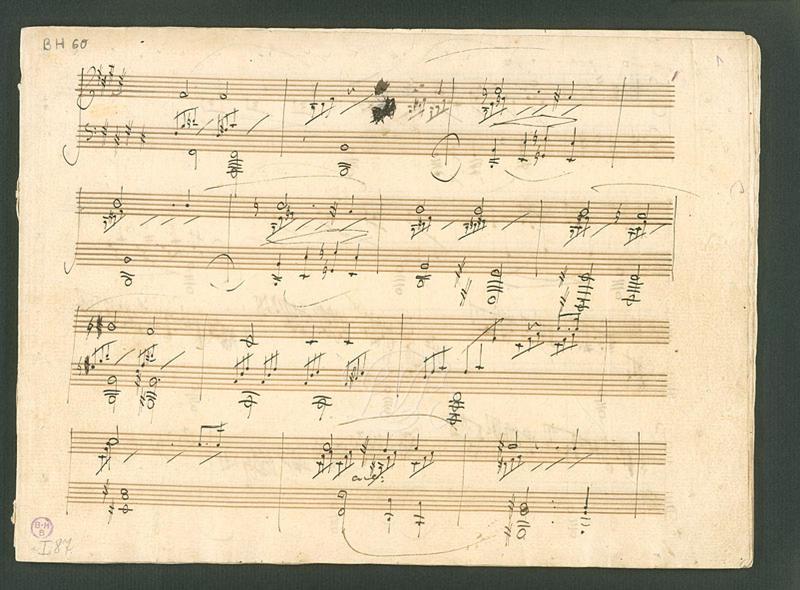This piece continues my account of how I became an administrator; but it also includes a number of photos of San Francisco, where I had the pleasure of being this past week on business. In addition, however, I had the opportunity to see a good friend--Ozzie Zehner, author of Green Illusions. http://ozziezehner.com/ Before my work in San Francisco actually began with a meeting late Monday afternoon, Oz and I spent the early afternoon roaming around during a rain storm. Then, when I finished my work at noon on Thursday and since I did not fly out until 11:00 that night, Ozzie spent the entire afternoon and early evening showing me around. The weather on Thursday was delightful; and Oz, who combines a degree in engineering with work as an architect and with an interdisciplinary doctorate from the University of Amsterdam, and who shares an interest I have in semiotics made a wonderful guide and companion. At the moment, incidentally, Oz is a Fellow at U.C. Berkeley .
Photo by OHE
The experience of working with a colleague to design and propose a minor in technical and business communication provided my the first opportunity to move outside of my own discipline (literature) and to interact with faculty from other disciplines, in this case such fields as engineering and business. Some researchers on how people behave in higher education have suggested that because faculty spend most of their time with students, who are presumed, of course, to know nothing about a particular discipline, faculty often approach all of their colleagues as though they, too, are students--"unlearned in the world's . . . subtleties." The result is a temptation--often not resisted--to lecture their colleagues as to what they ought to know. That was my initial temptation when meeting with people in engineering or business--to lecture them on what communication really is, on why they (and their students) would benefit from knowing more about this, and how a discipline such as English was the ideal source of such "wise counsel." Fortunately, I had been given good counsel not to launch into a lecture, but to listen to what the people in engineering or business might think--or not think--about the general concept we were proposing.
Everybody talks about the importance of listening--and listening means many things, but for me the key elements I listen for are the metaphors people use. It is through metaphors, which often people use without much awareness, that people point toward the core of the meaning they are expressing.
Photo by OHE--Ozzie Zehner
Photo by OHE
Photo by OZ
I will illustrate what I mean when I suggest the importance of metaphor. I once heard a faculty member say that his "job" was to present material; the students' job was to "pay attention." I will not attempt a complex explication of this, but will simply note that the interesting use of the word "job" in connection with teaching, especially in a profession that regards itself as "professing" something--these are all other metaphorical ways of speaking, of course. And the idea that students exchange something of value--they "pay."--in the form of their attention, may say something about the value of students' attention in the mind of this professor, especially since the metaphor equates attention with money.
Photo by OHE
I have heard others say that they "engage" with students, a metaphor one might associate with a deeply personal relationship and that carries very different implications from the implication of teaching as a financial transaction.
And to take just one more example--one that drives some people mad--people sometimes speak of a student as a "customer," a metaphor that carries significant implications as to the perceived relationship between an instructor, who might be viewed as a store clerk, and the student, who comes to buy a commodity.
Photo by OHE
I will not try to make too much of this, but early in my experience I learned that if in a meeting, one person is speaking of students' "paying attention" while another speaks of "engaging" with students while yet another speaks of the student as a customer, no one is talking about the same issue, no matter whether or not they think they are. The differences in metaphor are profound; and express the deeply-felt values that lie beneath the interestingly intense "communications" that take place in a faculty meeting.
Photo by OHE




































































































